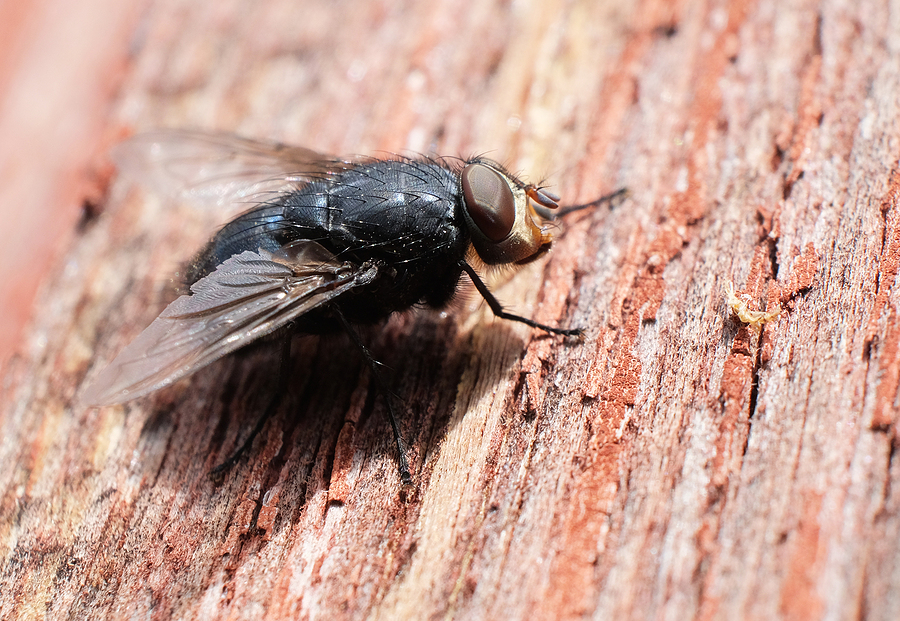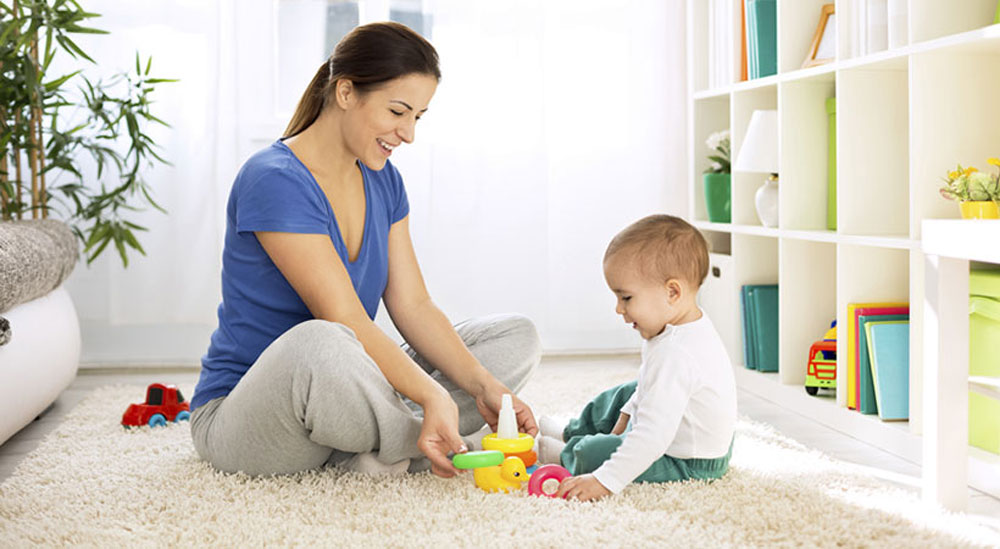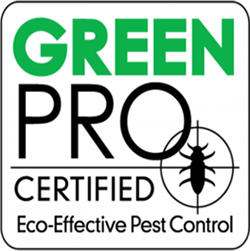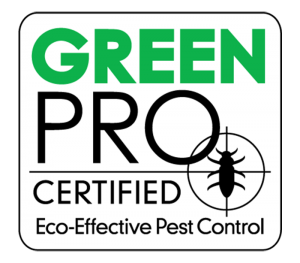Getting Rid of Flies in Your Home
Being proactive to prevent flies from getting in is fairly easy, but even the most diligent people can be surprised by flies that have found their way in. These pests don't need much time to take advantage of any opportunity to sneak in. Just walking in your front door while a fly is nearby is all it takes for one to come buzzing through and into your home.
Making the exterior of your home less inviting to flies is essential to preventing them from coming inside. Here are some actions you can take indoors and out to prevent an infestation.

Plant repellent herbs
Lavender, eucalyptus, peppermint and lemongrass are natural repellents to many insects. If you have a space outside to grow these herbs, it will go a long way to making your home less “fly-friendly” as well as deterring other insects.
Pyrethrin-based insecticides
If you have a housefly infestation, insecticides can be effective because they work quickly. However, you may need to take precautions if you have flies in your kitchen around food items. You'll need to make sure edible items are put away where insecticides won't contaminate them. If you do decide to use this method, be sure that you buy an insecticide specifically for indoor use, ventilate the area well, and follow the directions exactly or contact a pest control company.
Light trap
Light traps are boxes with a light in the back that attracts flies. When the flies try to get to the light, they’ll be killed with an electric zap or trapped inside it, depending on what kind of light trap you choose. A light trap should be mounted away from entrances and windows so they won't be visible from outside, which would result in more flies being drawn in from outside.
Sticky traps (fly paper)
Sticky traps are strips of sticky paper that can be hung or laid down throughout your house. They’re typically not as effective as other traps since they rely on flies landing directly on them. They can be effective to help remove infestations along with other types of traps or treatments, or just for a few random flies that have snuck in. Sticky traps do need to be placed where pets and children cannot come into contact with them.
Keep exterior areas clean and less inviting
Houseflies are mainly attracted by material in which they can lay their eggs. This includes rotting organic material, including food waste and other garbage, animal feces and other waste. Pick up all pet waste regularly from your yard and keep household trash bagged up and in a secure receptacle. Bright lights at night can also attract flies to your home. Use a yellow bug light if you leave an exterior light on.
Secure entry ways
Flies need an easy entry into your home, and this usually means either a window or a door. Make sure any windows that you leave open have screens that are in good working order and have no holes and a secure fit. Consider installing a storm door or screened door on exterior entryways.
Although there are actions you can take to fight an infestation or deter flies from coming into your home, sometimes professional help is required. A professional pest control company will have the experience and knowledge to successfully and safely get a fly problem under control. Contact Spence’s Pest Control for all your pest problems. Our experienced technicians will be able to discuss all the options available so your home can be safe from a pesky infestation of flies.












